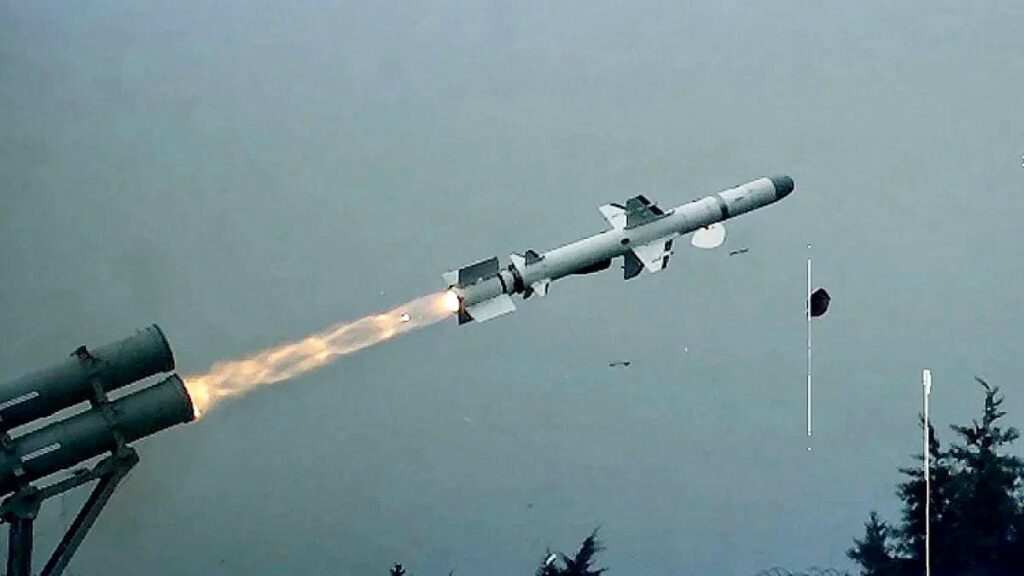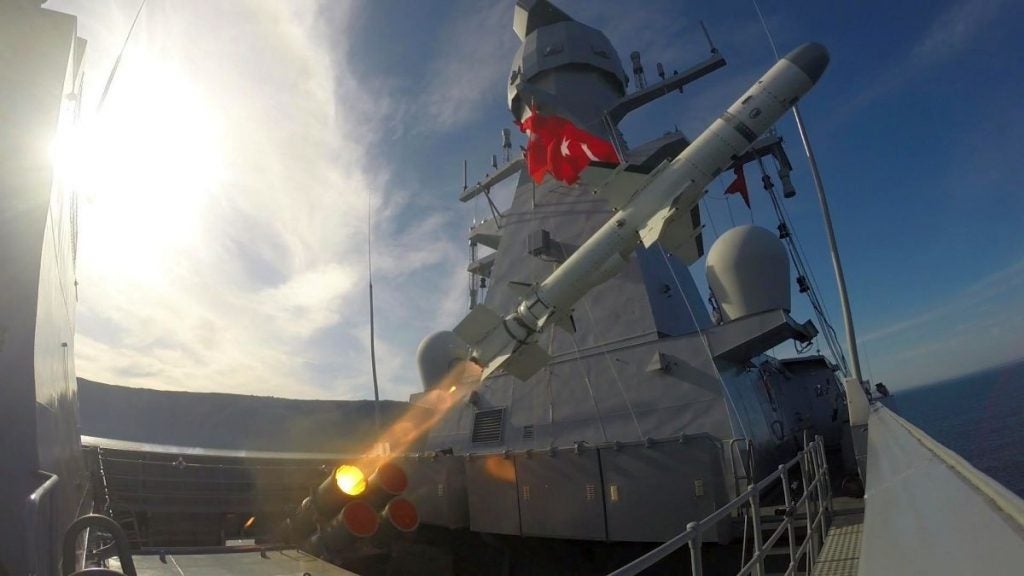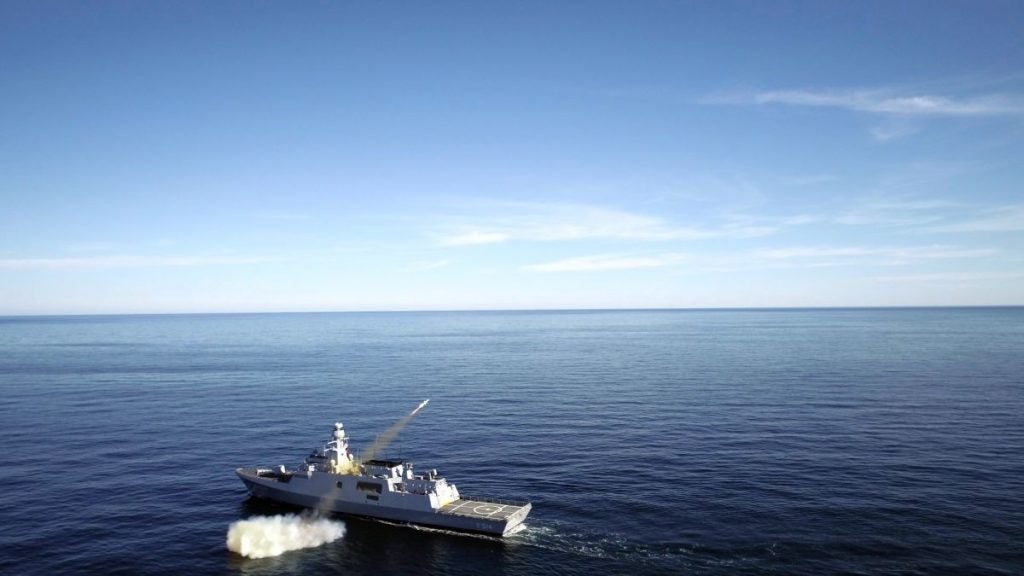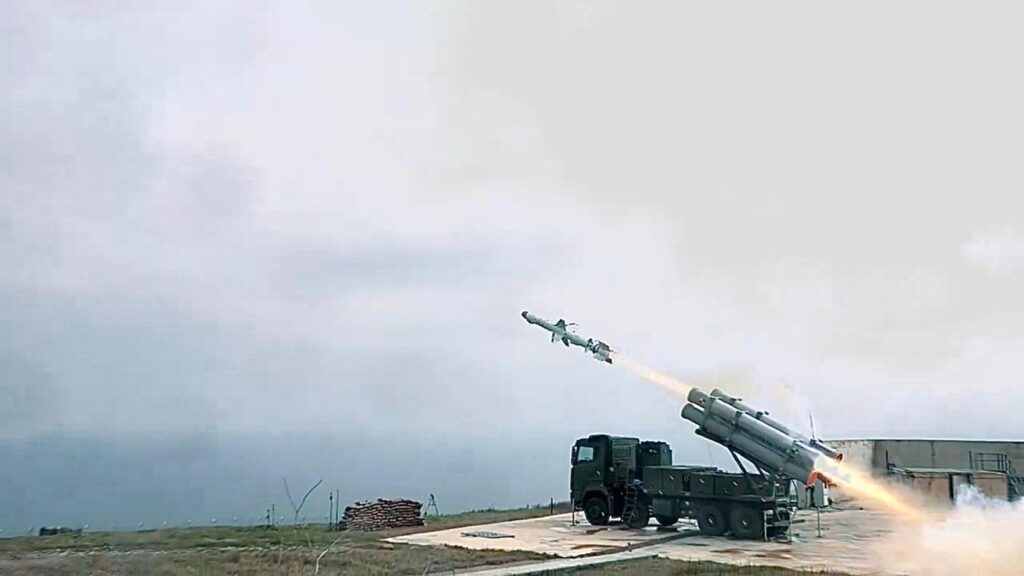Powered by Turkey’s First Domestic KTJ-3200 Turbojet Engine, The ATMACA Anti-Ship Missile Successfully Completes Its First Test Launch
Roketsan’s ATMACA Anti-Ship Missile conducted its first launch test using Turkey’s first domestic turbojet engine, the KTJ-3200 manufactured by Kale R&D. The test was held in Sinop, Turkey’s Black Sea Region, to verify the developed subsystems and components, particularly the new engine. The Atmaca missile, launched from the Barbaros Coastal Defense System as part of the test, continued its flight by activating the KTJ-3200 Turbojet Engine shortly after taking off with its thruster engine and successfully neutralized its target.
After the successful test launch, Defense Industry Agency President Prof. Dr. Haluk Görgün posted the following on his X account: “Our national platforms, strengthened by our national engines, accelerate our defense industry’s goal of complete independence and change the game on the field. The ATMACA Missile, launched under the auspices of our Presidency and developed by Roketsan, successfully hit its target in the launch with Turkey’s first domestic and national Turbojet Engine (KTJ-3200) developed by Kale R&D. I wholeheartedly congratulate everyone who contributed to the project, especially our engineers and technical teams. May it bring prosperity to our country and our people.”

The ATMACA Project, coordinated by the Defense Industry Agency (SSB) and carried out by ROKETSAN as the main contractor, was launched in 2009 to meet the Naval Forces Command’s domestic anti-ship missile needs while also replacing the in-service Boeing RGM-84 Harpoon anti-ship missiles. Design work on the ATMACA Anti-Ship Missile began in 2012 as part of the project, with the first flight test taking place in 2016. On November 2, 2018, Roketsan and SSB signed an important agreement for the mass production of Atmaca anti-ship missiles. Following that, the system was subjected to over 20 launch tests and product qualification tests, including hitting both decoy and real ship targets in 2019 and 2021. The first batch of anti-ship missiles, which began mass production in 2021, were delivered to the Naval Forces Command in 2023.

The first mass-produced Atmaca anti-ship missiles received by the Turkish Navy were powered by the TR40 turbojet engine of the French company Safran. However, Roketsan, which has not been able to produce as much as it would like due to France’s occasional difficulties with engine supply, is expected to resume full mass production in the near future thanks to the KTJ-3200 turbojet engine. With the KTJ-3200 engine, Roketsan will integrate ATMACA into 11 different Turkish Naval Forces platforms. Roketsan will additionally increase ATMACA’s exports thanks to Kale R&D’s engine. Currently, Atmaca’s first known customer is the Indonesian Navy. According to Roketsan officials, many countries other than Indonesia are closely monitoring the ATMACA anti-ship missile.

According to the information provided by Roketsan, ATMACA is a high-precision anti-ship missile that was developed to meet operational requirements in surface warfare operations and can be deployed on fast moving boats, frigates, and corvettes. The ATMACA missile is super sea skimming, resistant to countermeasures, equipped with target update, retargeting, and mission abort capabilities, a sophisticated mission planning system (3D routing), and effective against both stationary and moving anti-surface warfare (ASuW) targets. It is also weather-proof and suitable for all types of missions. ATMACA can locate its target utilizing its active radar seeker with high accuracy thanks to its GPS, INSYS, barometric altimeter, and radar altimeter capabilities. ATMACA is able to threaten targets outside of the line of sight thanks to its 220+ km range, 88kg TNT equivalent high explosive blast fragmentation warhead, and datalink capability. Target update, re-attack, and mission abort features are also made possible by the data link capabilities of ATMACA.

